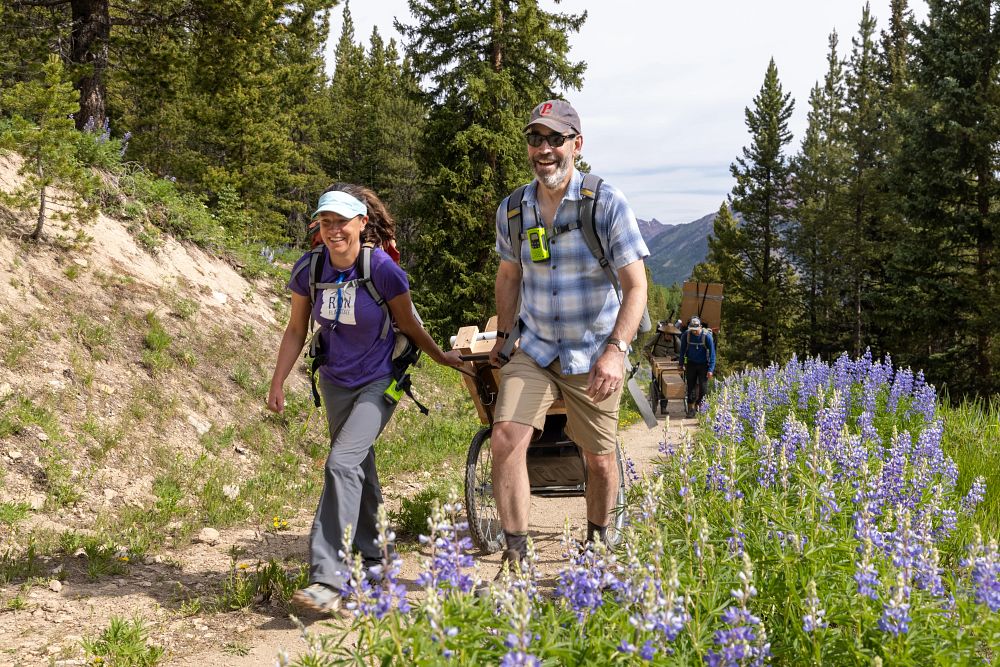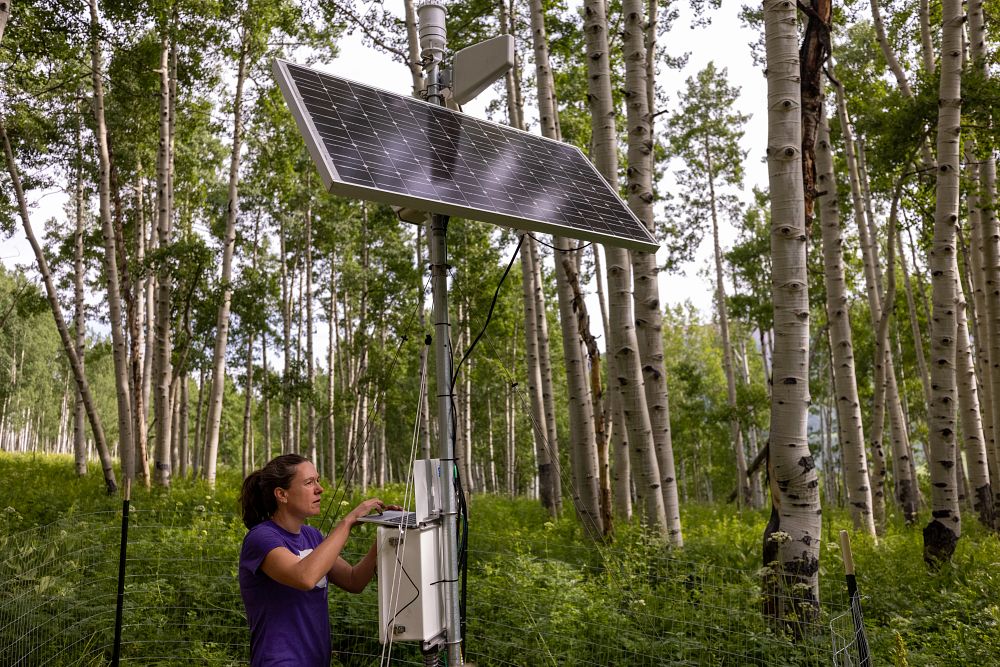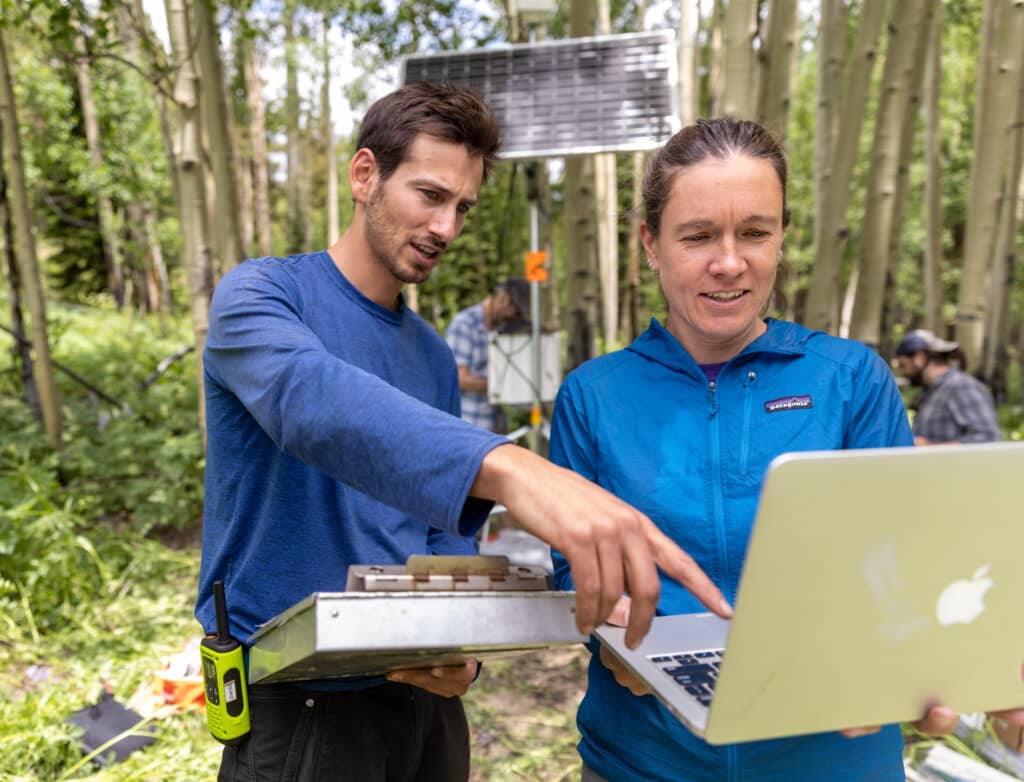Winter is changing. What does that mean for the future?
In the American West, mountains see less snowfall, higher spring temperatures that melt the snow earlier and increasingly warm summers. How does that affect the microorganisms and plants that play a critical role in how much carbon dioxide is released into the atmosphere?
A new research project, funded by the U.S. Department of Energy and led by Northern Arizona University researcher Mariah Carbone, aims to understand how changing amounts of snow will affect plants and microorganisms that release CO2, which will enable scientists to better predict the specific changes we may see to these ecosystems in the coming years.

Carbone, an assistant research professor in the Center for Ecosystem Science and Society (Ecoss), received almost $1 million from the DOE’s Office of Science as part of a $13 million investment in environmental system science (ESS) research. The three-year project includes NAU co-PIs Andrew Richardson, a Regents’ professor in Ecoss and the School of Informatics, Computing, and Cyber Systems; Ben Lucas, an assistant professor of statistics, and Adrianna Foster and Will Wieder from the National Center for Atmospheric Research. Ecoss Ph.D. student Austin Simonpietri also will participate in the research.
The work, which will take place near Crested Butte, Colorado, builds on research Carbone has conducted for many years at the Rocky Mountain Biological Laboratory; it will allow her team to expand their measurements during the cold season when snow is on the ground. They also will quantify CO2 production by microorganisms and plant roots across different elevations and seasons. Previous work focused on the warm seasons but, Carbone said, knowing what happens during cold seasons could turn out to be surprisingly important.
The information gathered will be used to improve computer simulation models and predictions
“These changes in temperature and water availability impact forests, and we need to understand what those impacts are if we want to make predictions about how these ecosystems will respond to future climate change,” Carbone said. “The ESS program has a real focus on understanding cold season climate effects on ecosystems and watersheds.”
The team will measure radiocarbon using a new MICADAS (mini carbon dating system) in the Arizona Climate and Ecosystems (ACE) Isotope Laboratory.
Heidi Toth| NAU Communications
(928) 523-8737 | heidi.toth@nau.edu




